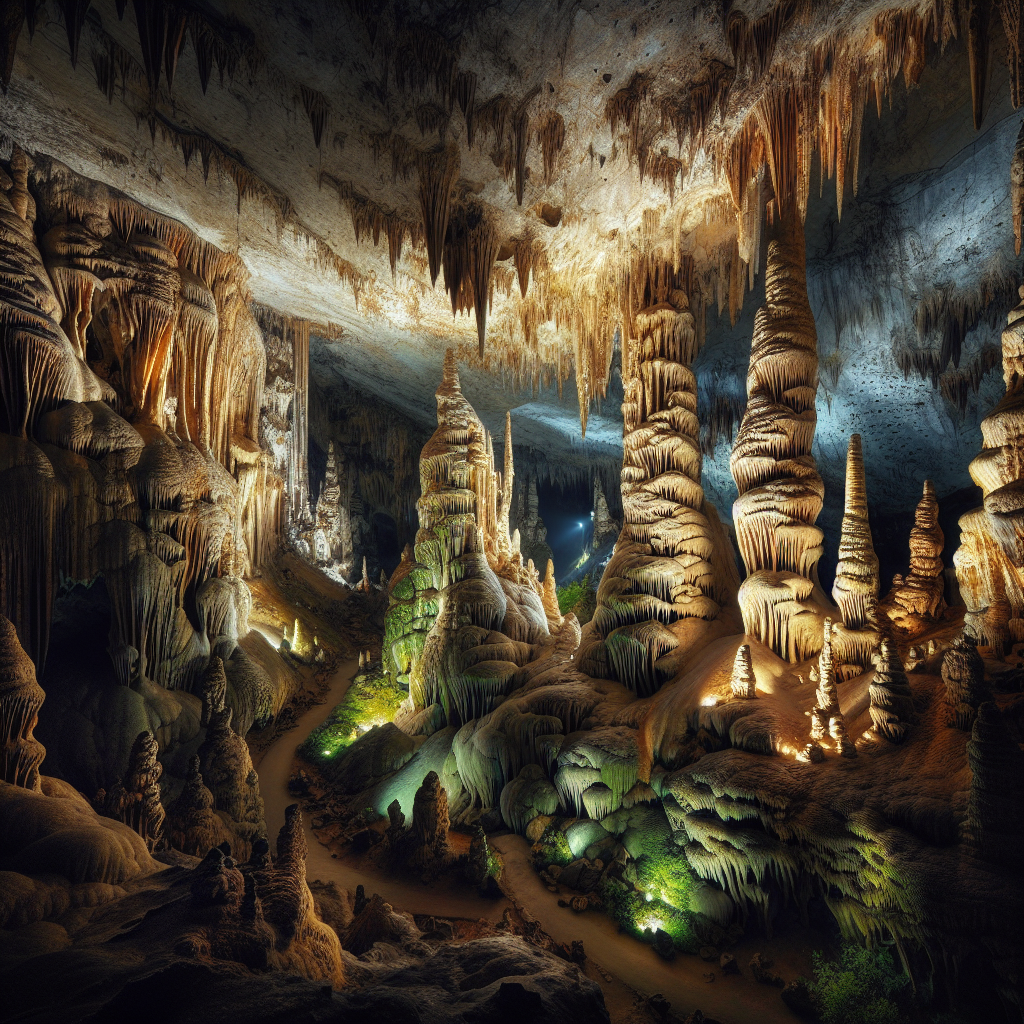Imagine stepping into a hidden world beneath the earth’s surface, where stalagmites reach towards the heavens and ancient artwork adorns the walls. France’s caves hold a mesmerizing allure, enchanting explorers from around the globe. From the majestic beauty of the Grotte de Niaux to the mysterious depths of the Lascaux Cave, these underground wonders offer a glimpse into our ancient past. Join us on a journey as we uncover the secrets of France’s caves and unlock their captivating stories, waiting to be discovered by adventurous souls like yours.
Overview of France’s Caves
The Diversity of French Caves
France is home to a remarkable array of caves, each with its unique features and characteristics. From massive caverns to intricate underground networks, the diversity of French caves is a testament to the country’s geological history. These caves offer visitors and scientists alike a glimpse into the mysteries of the Earth’s past and present.
Importance of Caves in French History
Caves have played a significant role in France’s history. They have served as shelters, hiding places, and even sacred sites for ancient civilizations. The rock art found in many French caves provides invaluable insights into the artistic expressions and daily lives of prehistoric humans. Additionally, caves have been the focus of scientific research, contributing to our understanding of geology, paleontology, and archaeology.
Famous French Caves
France is home to several world-famous caves that attract visitors from around the globe. Some of these iconic caves include the Cave of Lascaux, the Gouffre de Padirac, Chauvet-Pont-d’Arc Cave, and the numerous caves of the Dordogne region. These caves are renowned for their stunning natural formations, ancient art, and unique geological features.
Formation of Caves
Weathering and Erosion Processes
The formation of caves begins with weathering and erosion processes that shape the Earth’s surface. Water, wind, and other natural forces gradually wear away the rock, creating fissures, cracks, and openings. Over millions of years, these openings enlarge, leading to the formation of caves.
Role of Water and Underground Rivers
Water is a crucial element in the formation of caves. Rainwater, laden with carbon dioxide, seeps into the ground, creating weak carbonic acid. This acidic water dissolves and erodes the limestone rock, creating underground cavities. Underground rivers also play a significant role in the formation of caves, as they carve out intricate passageways and chambers over time.
Types of Caves
There are various types of caves found in France, each with its distinct characteristics. Some of the most common types include solution caves, lava tubes, sea caves, and talus caves. Solution caves, such as those found in limestone regions, are the most abundant type in France. These caves are formed through the dissolution of soluble rocks, creating intricate networks of passages and chambers.
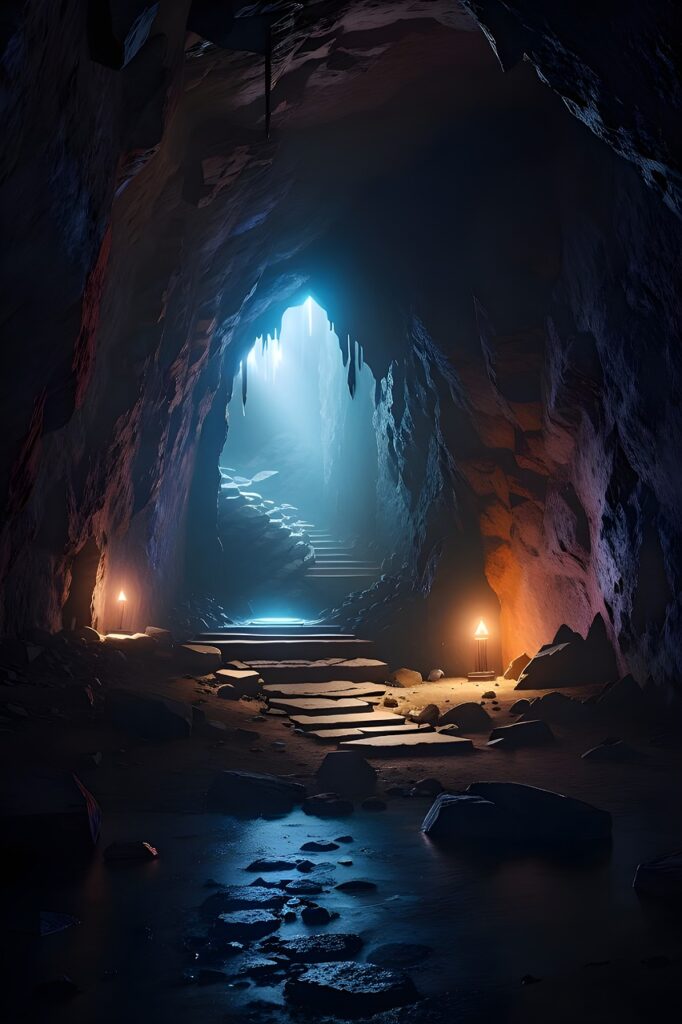
The Cave of Lascaux
Discovery and Significance
The Cave of Lascaux, located in the Dordogne region, is one of the most significant archaeological discoveries of the 20th century. It was accidentally discovered by a group of teenagers in 1940 and contains some of the finest examples of Paleolithic cave art. The cave is a sacred site, offering a glimpse into the lives and artistic achievements of prehistoric humans.
Rock Art of Lascaux
The rock art found in the Cave of Lascaux is unparalleled in its intricacy and beauty. The walls are adorned with thousands of vividly painted animal figures, including horses, deer, and bulls. The artists utilized various techniques, such as stenciling and shading, to create realistic and dynamic representations of the animals. These prehistoric paintings provide valuable insights into the culture, symbolism, and artistic prowess of early humans.
Conservation Challenges
Preserving the delicate rock art in the Cave of Lascaux has presented significant challenges. The presence of visitors in the past led to the deterioration of the paintings due to humidity, microbiological growth, and other factors. As a result, the original cave was closed to the public in 1963. A replica cave, known as Lascaux II, was constructed nearby to allow visitors to experience the marvels of the original cave while ensuring the preservation of the priceless rock art.
The Gouffre de Padirac
Exploring the Abyss
The Gouffre de Padirac is a fascinating natural wonder located in the Lot department of France. It is a massive sinkhole that leads to a network of underground rivers and chambers. Visitors descend into the abyss through a large opening, where they can explore the subterranean wonders hidden beneath the surface.
Natural Features of Padirac
One of the highlights of the Gouffre de Padirac is an underground river that flows through a vast cave system. Visitors can take a boat ride along the serene river, marveling at the impressive stalactites and stalagmites that adorn the cave walls. The highlight of the tour is a stunning cavern known as the “Grand Dome,” which boasts a height of 94 meters and is adorned with magnificent rock formations.
Tourist Experience at Gouffre de Padirac
The Gouffre de Padirac offers a unique and thrilling experience for tourists. Equipped with a helmet and accompanied by experienced guides, visitors venture deep into the earth, exploring the stunning natural formations and learning about the cave’s geological history. The tour provides a captivating glimpse into the hidden world beneath the surface and leaves visitors in awe of nature’s wonders.
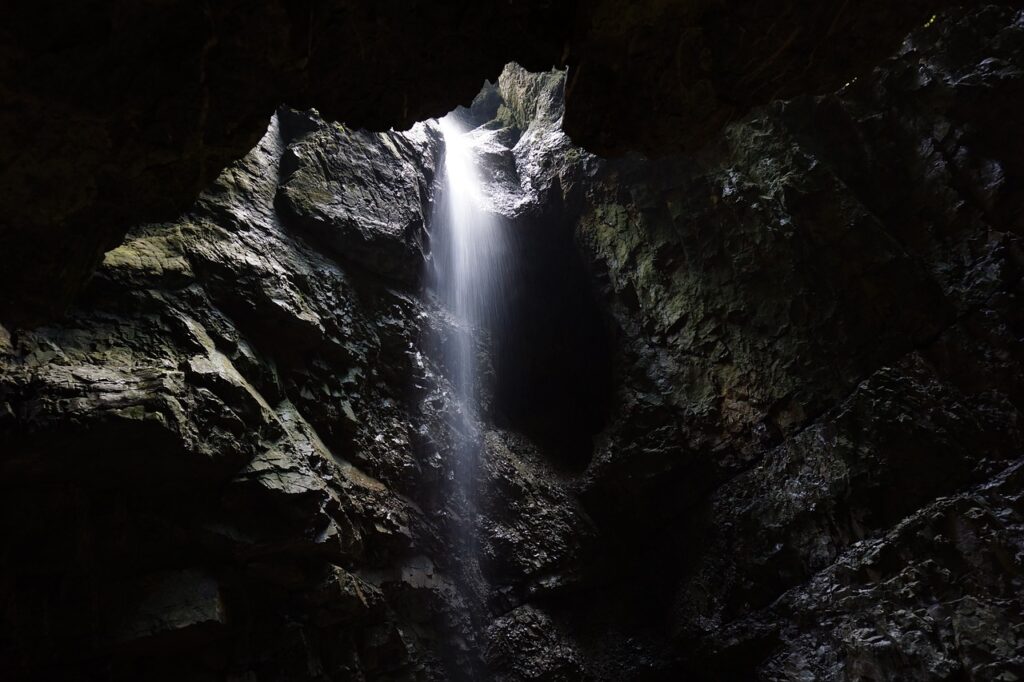
Chauvet-Pont-d’Arc Cave
An Ancient Masterpiece
The Chauvet-Pont-d’Arc Cave, located in the Ardèche department, is a UNESCO World Heritage site and home to some of the oldest known cave art in the world. Discovered in 1994, the cave’s art dates back over 30,000 years and provides invaluable insights into the artistic abilities and cultural practices of our ancient ancestors.
Virtual Tour of Chauvet-Pont-d’Arc Cave
Due to the delicate nature of the cave and its artworks, access to the Chauvet-Pont-d’Arc Cave is limited to a select group of researchers and scientists. However, a virtual tour allows visitors to experience the cave’s wonders from afar. The detailed and immersive virtual experience showcases the intricate rock art and transports visitors back in time to the Paleolithic era.
Extensive Cave Art
The Chauvet-Pont-d’Arc Cave is renowned for its extensive and well-preserved cave art. The walls are adorned with breathtaking drawings of animals, including lions, mammoths, and rhinoceroses. The art exhibits remarkable attention to detail, depicting movement, perspective, and an understanding of animal anatomy. It is a testament to the creativity and skill of our ancient ancestors.
Caves of the Dordogne
The Dordogne’s Rich Cave System
The Dordogne region in southwestern France is known for its remarkable concentration of caves. These caves offer visitors a glimpse into the rich history of the region and its early inhabitants. From prehistoric settlements to magnificent underground cathedrals, the Dordogne’s caves are a treasure trove of archaeological and natural wonders.
Prehistoric Treasures
The caves of the Dordogne hold a wealth of prehistoric treasures. Cave paintings, engravings, and artifacts provide insights into the lives and beliefs of early humans. The famous Cave of Font-de-Gaume is an exceptional example, housing polychrome paintings dating back over 14,000 years. Exploring these caves allows visitors to connect with our ancient ancestors and appreciate their artistic and cultural accomplishments.
Architecture of Cave Dwellings
Another intriguing aspect of the Dordogne’s caves is the presence of cave dwellings. These historic homes were carved into the cliffs and provided shelter for humans thousands of years ago. Today, some of these dwellings have been transformed into unique accommodations and museums, allowing visitors to experience the lifestyle of our ancestors firsthand.
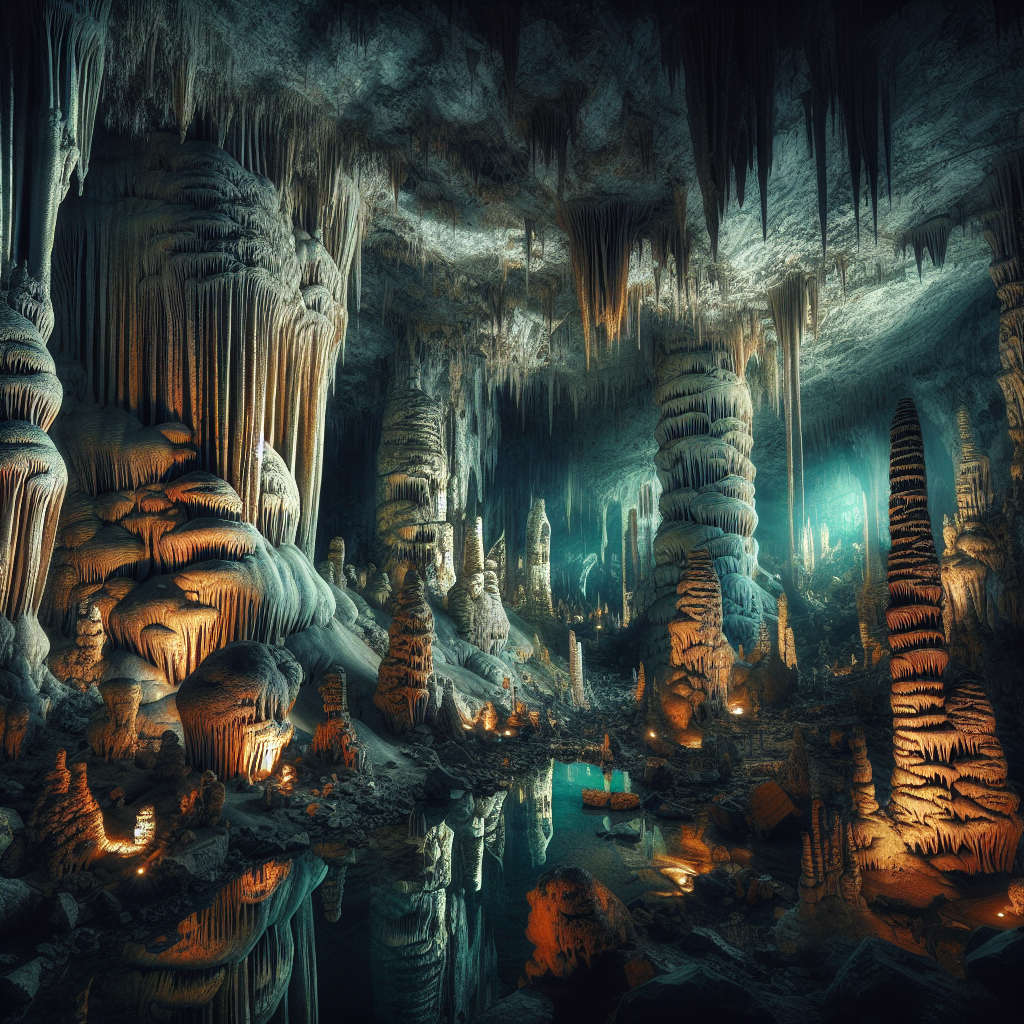
Caving Activities in France
Cave Diving
For thrill-seekers and adventure enthusiasts, cave diving in France offers an unforgettable experience. Cave divers can explore submerged passages, underground lakes, and hidden chambers. France’s extensive cave systems provide ample opportunities for diving, catering to both beginners and experienced divers alike.
Spelunking and Exploring Underground Mazes
Spelunking, or cave exploration, is another popular activity in France. With the guidance of experienced guides, visitors can navigate through narrow passages, crawl through tight spaces, and discover hidden chambers. Some caves even offer the chance to explore intricate underground mazes, filled with stunning formations and hidden wonders.
Cave Photography
Caves provide a unique and enchanting backdrop for photographers. The otherworldly formations, play of light and shadows, and the sense of mystery make caves a favorite subject for aspiring and professional photographers alike. Capturing the beauty of these underground wonders requires skill, patience, and an eye for detail.
Impacts of Cave Tourism
Ecological Considerations
Cave tourism can have both positive and negative impacts on the fragile ecosystems within caves. The increase in foot traffic may disturb delicate formations and disrupt the natural balance. Additionally, the introduction of foreign organisms through visitors’ clothing and equipment can harm cave-dwelling organisms. It is crucial to implement measures to minimize the ecological impact and preserve these intricate ecosystems.
Balancing Conservation and Accessibility
Preserving caves while providing visitors with access to these natural wonders is a delicate balance. It requires careful management and monitoring of visitor numbers, along with the implementation of strict guidelines to protect the caves’ sensitive features. Visitor education, guided tours, and the use of designated pathways can minimize the impact on the caves’ fragile environments.
Sustainable Cave Tourism Practices
To ensure the long-term sustainability of cave tourism in France, various initiatives have been implemented. These include the promotion of responsible tourism practices, the development of cave-specific codes of conduct, and the adoption of eco-friendly infrastructure. By prioritizing sustainability, France’s caves can continue to be enjoyed by future generations while preserving their unique beauty and scientific value.
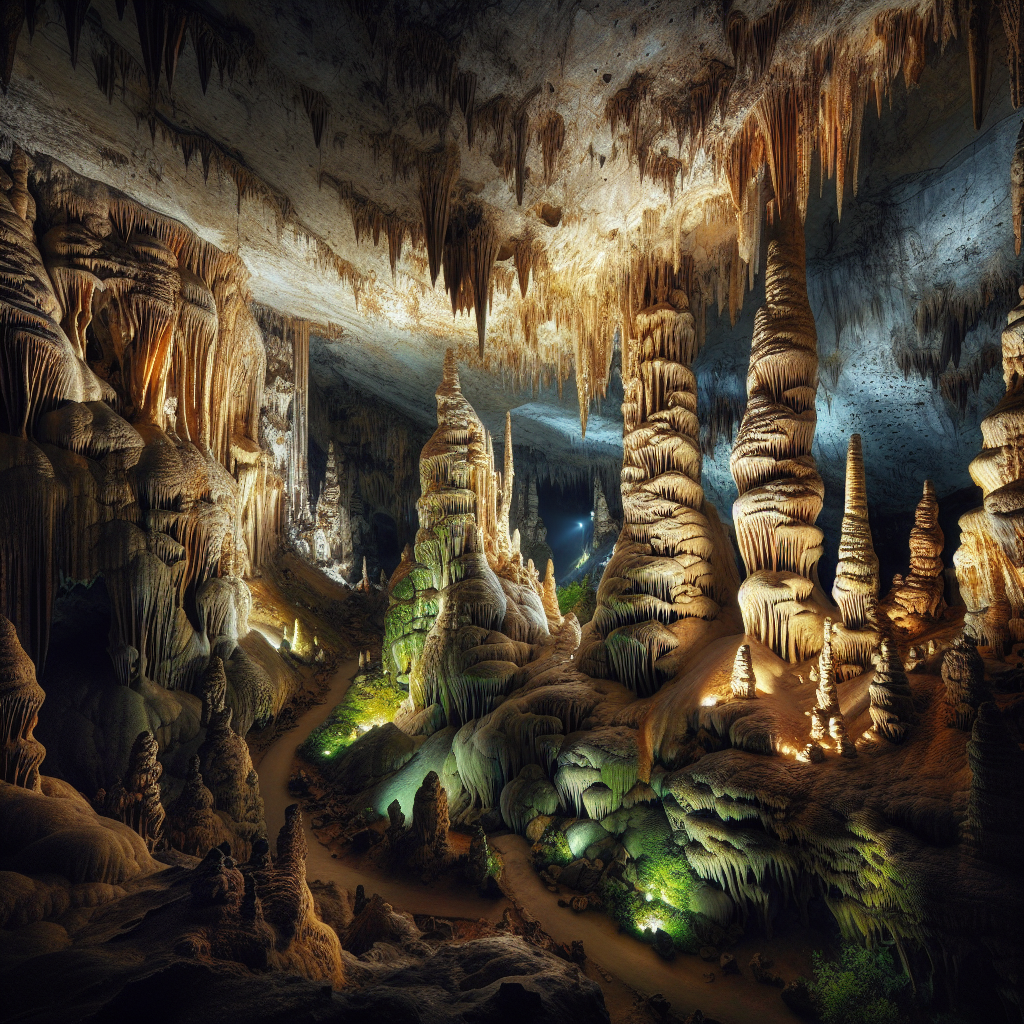
Exploration and Scientific Research
Cave Exploration Organizations
France’s rich cave system has attracted numerous organizations dedicated to exploring and studying these subterranean wonders. These organizations coordinate expeditions, conduct research, and contribute to our understanding of cave formation, geology, and life in extreme environments. They play a vital role in expanding our knowledge of the underground world.
Mapping and Surveying Caves
Accurate mapping and surveying of caves are crucial for scientific research and ensuring visitor safety. Highly skilled cave surveyors use specialized equipment to create detailed maps and 3D models of cave systems. These maps help scientists analyze the geological structures, plan expeditions, and monitor changes in the caves over time.
Paleontological and Archaeological Discoveries
Caves have proven to be invaluable repositories of paleontological and archaeological treasures. Fossils, ancient artifacts, and human remains found within caves provide a wealth of information about past ecosystems and human history. Ongoing research in France’s caves continues to uncover new insights into the prehistoric world and the evolution of life on Earth.
Unexplored Caves and Future Discoveries
Prospects for New Cave Systems
Despite the extensive exploration of France’s caves, there is still much of the underground world waiting to be discovered. Vast networks of unexplored caves hide secrets that may hold answers to geological mysteries or unveil new species. Future explorations hold the promise of unveiling unknown wonders and expanding our understanding of the Earth’s hidden realms.
Technological Advances in Cave Exploration
Technological advancements are revolutionizing the field of cave exploration. Sophisticated imaging techniques, such as LiDAR (Light Detection and Ranging), allow scientists to create highly detailed 3D images of caves, aiding in their study and preservation. Remote-controlled robots equipped with cameras and sensors can now navigate treacherous cave passages, collecting valuable data to further our understanding of these underground environments.
Contributions to Scientific Knowledge
France’s caves continue to contribute to scientific knowledge in a variety of fields. From geological processes to climate change, paleontology to human evolution, the caves offer a unique platform for scientific exploration. Ongoing research and future discoveries in these underground wonders promise to expand our understanding of the Earth’s history and our place within it.
In conclusion, France’s caves offer a fascinating window into the Earth’s past and present. From ancient art to geological wonders, these underground treasures captivate visitors and scientists alike. As we explore, study, and appreciate these remarkable caves, it is crucial to balance conservation and accessibility to ensure their preservation for future generations to enjoy.
